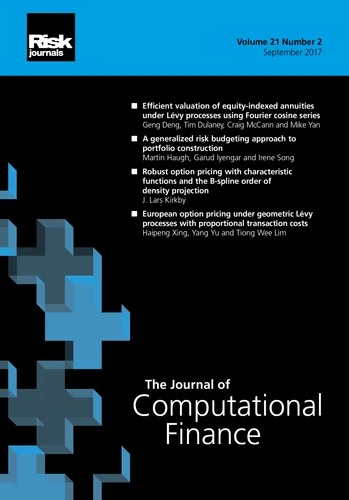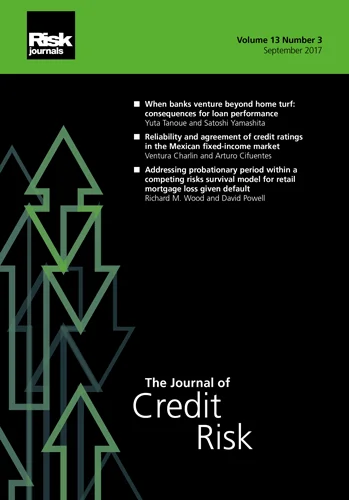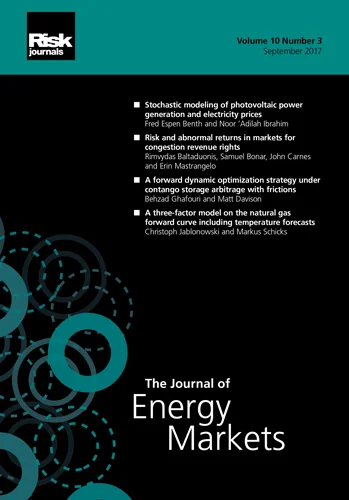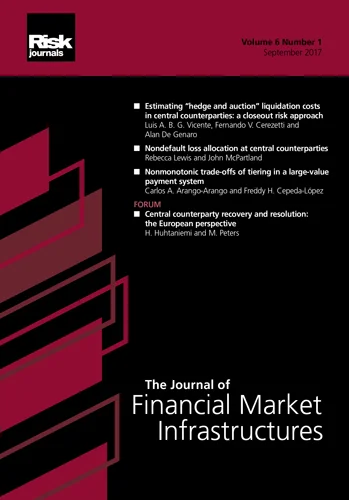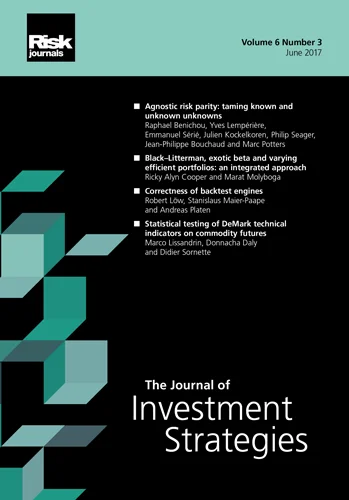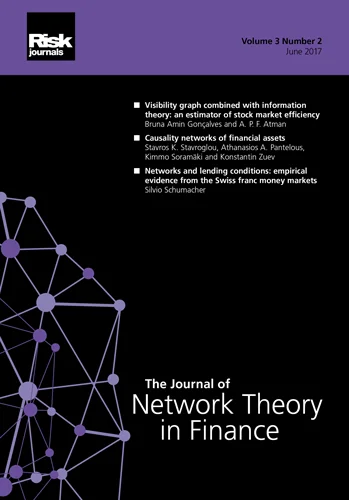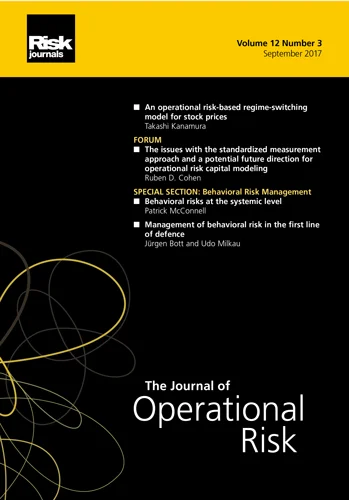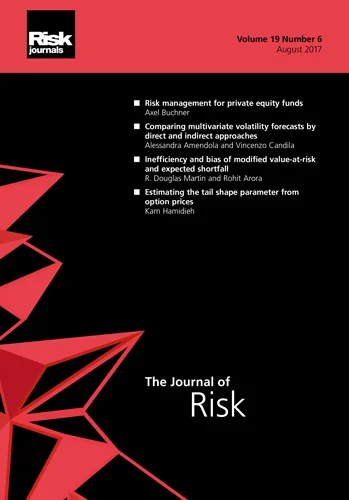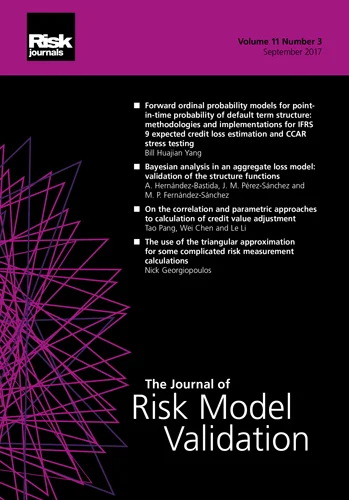Journal of Risk
ISSN:
1465-1211 (print)
1755-2842 (online)
Editor-in-chief: Farid AitSahlia

Using value-at-risk to control risk taking: how wrong can you be?
Xiongwei Ju and Neil D. Pearson
Abstract
ABSTRACT
The authors study a source of bias in value-at-risk estimates that has not previously been recognized. Because value-at-risk estimates are based on past data, a trader often will have a good understanding of the errors in the value-at-risk estimate, and it will be possible for her to 'game' the risk measurement system and choose portfolios for which the value-at-risk estimate is less than the 'true' value-at-risk. Biases can also arise if she does not have a good understanding of the errors, but uses the estimated covariance matrix to achieve certain portfolio objectives. The magnitude of these biases is assessed for three different assumptions about the motivations and behavior of the trader, and it is found that value-at-risk estimates are systematically downward biased in all cases. In some circumstances the biases are large.
Copyright Infopro Digital Limited. All rights reserved.
As outlined in our terms and conditions, https://www.infopro-digital.com/terms-and-conditions/subscriptions/ (point 2.4), printing is limited to a single copy.
If you would like to purchase additional rights please email info@risk.net
Copyright Infopro Digital Limited. All rights reserved.
You may share this content using our article tools. As outlined in our terms and conditions, https://www.infopro-digital.com/terms-and-conditions/subscriptions/ (clause 2.4), an Authorised User may only make one copy of the materials for their own personal use. You must also comply with the restrictions in clause 2.5.
If you would like to purchase additional rights please email info@risk.net
